Industrial lenses are a pivotalfactor in machinery vision. These are also referred to as lenses a unique set of glasses for machines. They knowthat lens choice is key to how a machine works. Seven parameters to consider while choosing the right machine industrial lenses.
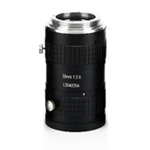
Why Industrial Lenses Matter
If we need good glasses for better visibility, the industrial lenses helpmachines to visually inspect and analyze an object. If machines wear clean lenses, then they can shoot clear pictures. There are different available form factors, shapesand sizes to meet different needs. The right lens can optimize the performance and reliability ofmachines in several ways.
In order to assist you, we have listed somekey factorsto keep in mind.
Resolution: This is a measure of the amountof detail a lens can impart to an image. It can see tiny details — if the resolution of the lenses is good enough and that’s useful for finding small mistakes or just doing stuff like precise measuring.
Field of View: This refers when to how much area thelenses can see. A large field of view is beneficial for when you want to have a broad view, while anarrow field of view can better be utilized for close-up viewing of individual objects.
Lens Compatibility: The lens mount is the point where the lens joins the camera. Camera lens selection Logger select a lens to use on the execution machines You select a lens on the basis that the lens and the camera are compatible and will work well together.
Understanding Resolution, FOV, and Lens Mount Compatibility
Field of view, lens mount compatibility, etc are some other things which need to be looked at in an indurtrial lens. The resolution, a high resolution lens takes sharper pictures, and the field of view, how much can you see. To make the machine run properly, the lens should fit with the camera.
Shear Alpha Type, Aperture Size and Focal Length
Lens Distortion: Sometimes the lens will cause all the pictures to look goofyor warped. For sharp images, you need to choose a lessdistorted lens.
This deals with how much light the camera can gather. A wider aperture means more light, beneficial for low-light settings. The higher the number, the smaller the aperture better in verybrightlight.
Enables the knowing of how far can the Special lens focus things. With shorter focal lengths images feel close to you, with greater focal lengths the world seems more to see. By selected a suitable focal length the view that the machine sees infront of it makes sense.
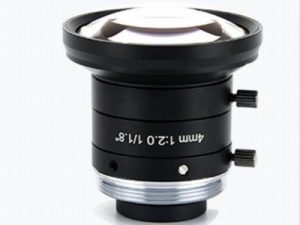
How to Choose the Right Lenses
Search for the best machine Telecentric lens and industrial lenses is located in the following category:
Decide how much detail To shootfor the images.
Selecting a lens one that will give you the right field of view.
It is ensured that the lens is properlyaligned forthe camera.
For shooting the Technical shots pick an opticthat has a low distortion, the appropriate aperture size, and an optimum focal length.
Keeping these tips in mind will help you choose the correct industrial lenses so that your machine functions accurately and reliably.
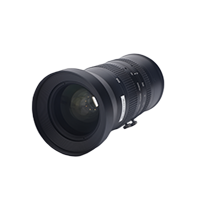
Conclusion
The perception of what a machine sees is the foundation of every industrial Large format lens, in turn. You are updated until October 2023. You have to decide the right lenses forwork machine to make it work efficiently and for this you have to look at so many things, like: resolution, field of view, compatibility of lens mount, lens distortion, size of aperture and focal length.
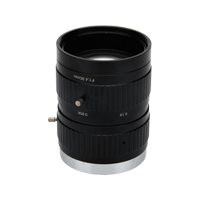
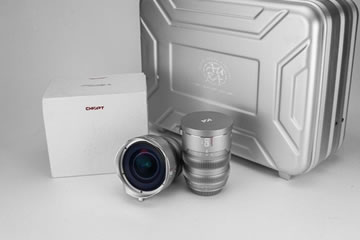


0 Comments